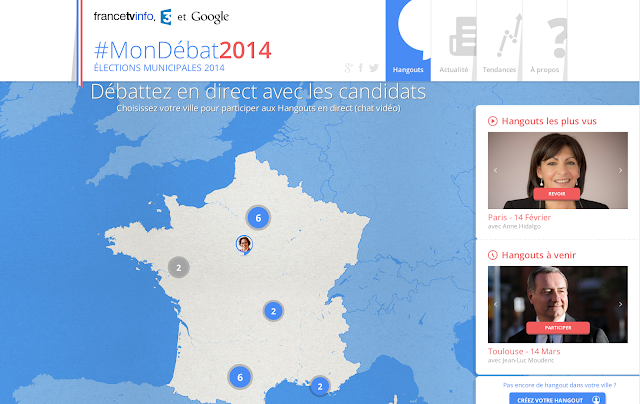The cafe in our Madrid office was full with guests, news publishers, members of the
Spanish Association of Publishers of Periodicals (AEEPP) who had come to learn about how web tools could boost their businesses. Under a recently signed partnership, we are working designed to "increase visibility" of their publications online and seek sustainable business models in the digital world.
 |
| AEPP members attended a workshop at Google's Madrid offices |

It's no secret that the news industry has been through a period of upheaval. As our chief economist Hal Varian noted last year in a
speech at the Perugia Journalism Festival, while the Internet has made distribution much easier and cheaper, it has also increased the supply of news and competition for readers, challenging traditional business models. At the same time, media consultancy
Oliver & Ohlbaum recently published a
study showing that the net is powering the rise of exciting new voices and small players. YouTube stars are building fame online before securing a record deal or a film contract. Newshounds now discover, share, and comment on stories on platforms like Twitter and Facebook.
Many win-win ways exist for Google and publishers to join forces in the new digital universe. We drive traffic to publishers - ten billion clicks a month around the globe, offering publishers 100,000 business opportunities per minute. In 2013, our
AdSense program paid out $9 billion a year to web publishers worldwide. Publishers remain free, with the addition of just a few lines of code, to pull out of Google web search and Google News. Publishers also remain free to determine whether to put their articles discovered through Google search behind a paywall.
We have set up a working group to discuss these new digital solutions with the AEEPP members in Spain. Our joint goal, in the association’s own words, is to find tools that new technologies offer publishers to "increase the monetization of their content, give greater visibility to their websites and strengthen their relationship with their own readers." During the recent workshop at our Madrid office, we demoed Webmaster tools, designed to attract readers. We analysed digital advertising solutions. And we explained our fight against spam.
The AEEPP represents Spain’s small and medium-size publishers. They like how all media are equally likely to appear in Google News. Today, more than 25,000 news organizations across the globe make their content available in Google News and other web search engines. We remain open to work with all publishers, big and small, local and national, to help them manage the transition to the new digital age.
Posted by Fran Ruiz Anton, Senior Public Policy Manager, Madrid






.jpg)
